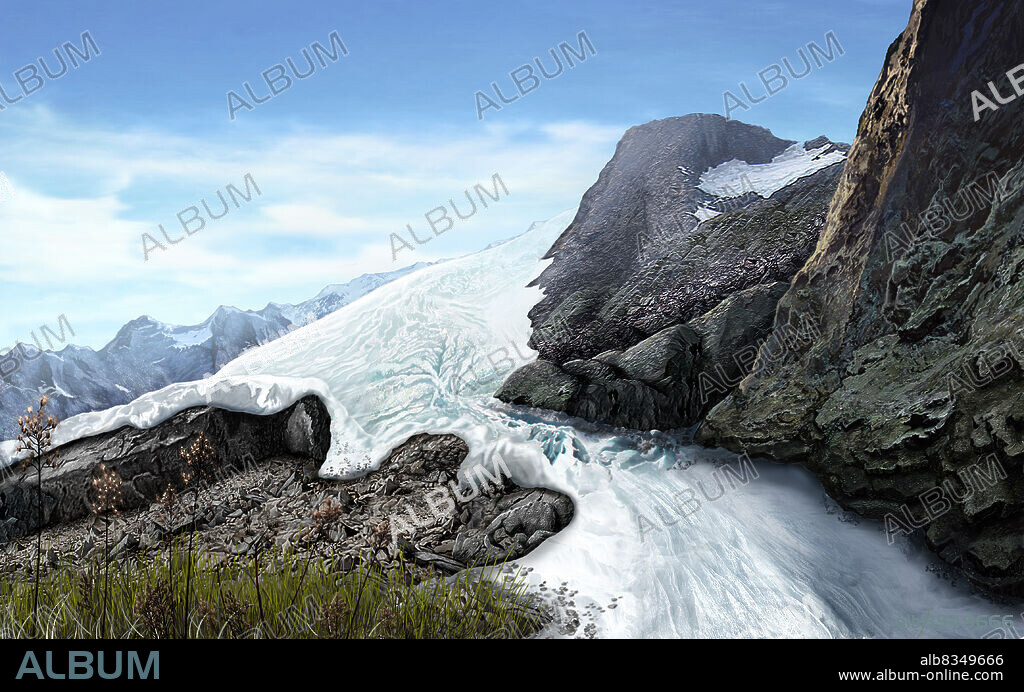alb8349666
In the coldest regions of the planet, the snow never melts. As it collects, snow becomes compacted by its own weight. It turns granular and after several years is transformed into ice. As it slides down a mountainside,. this heavy ice becomes an enormous, moving mass called a glacier. Glaciers are found on Earths highest mountains. Vast continental glaciers, called inland ices, cover most of Greenland and Antarctica. The Greenland inland ice alone covers more than 660,000 square miles (1.7 million sq km). During the last ice age, a period of cold that affected much of our planet, an ice sheet several miles (or kilometers) thick covered almost 30 percent of the Earths land surface. This area included almost half of North America and Europe. With the gradual warming of the planet, most of the ice sheet melted. Today, ice caps and glaciers cover only about 10 percent. of the continents.

|
Añadir a otro lightbox |
|
Añadir a otro lightbox |



¿Ya tienes cuenta? Iniciar sesión
¿No tienes cuenta? Regístrate
Compra esta imagen.
Selecciona el uso:

Descripción:
Ver traducción automática
In the coldest regions of the planet, the snow never melts. As it collects, snow becomes compacted by its own weight. It turns granular and after several years is transformed into ice. As it slides down a mountainside,. this heavy ice becomes an enormous, moving mass called a glacier. Glaciers are found on Earths highest mountains. Vast continental glaciers, called inland ices, cover most of Greenland and Antarctica. The Greenland inland ice alone covers more than 660,000 square miles (1.7 million sq km). During the last ice age, a period of cold that affected much of our planet, an ice sheet several miles (or kilometers) thick covered almost 30 percent of the Earths land surface. This area included almost half of North America and Europe. With the gradual warming of the planet, most of the ice sheet melted. Today, ice caps and glaciers cover only about 10 percent. of the continents.
Crédito:
Album / Universal Images Group
Autorizaciones:
Tamaño imagen:
4587 x 2864 px | 37.6 MB
Tamaño impresión:
38.8 x 24.2 cm | 15.3 x 9.5 in (300 dpi)
Palabras clave:
 Pinterest
Pinterest Twitter
Twitter Facebook
Facebook Copiar enlace
Copiar enlace Email
Email
